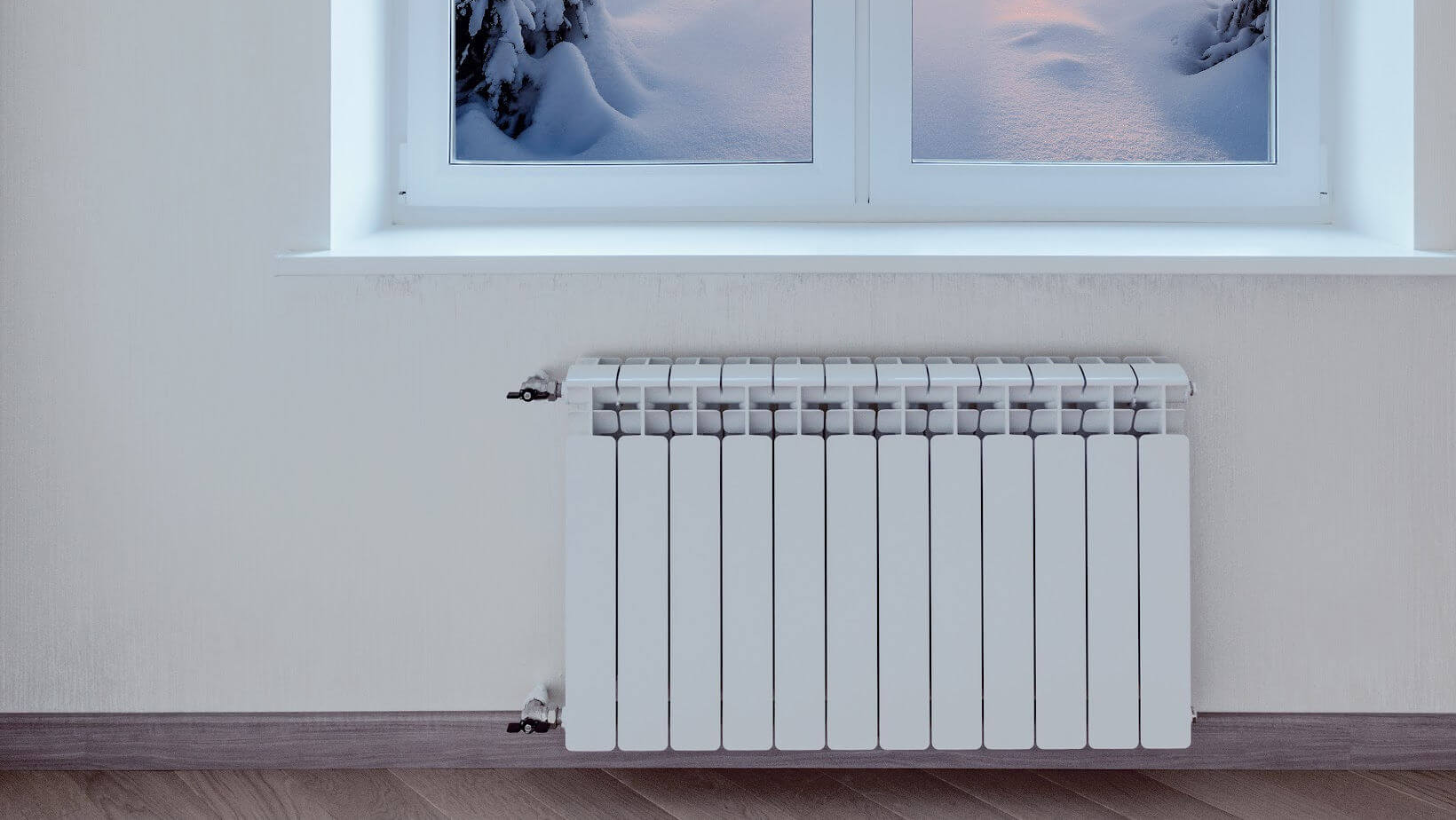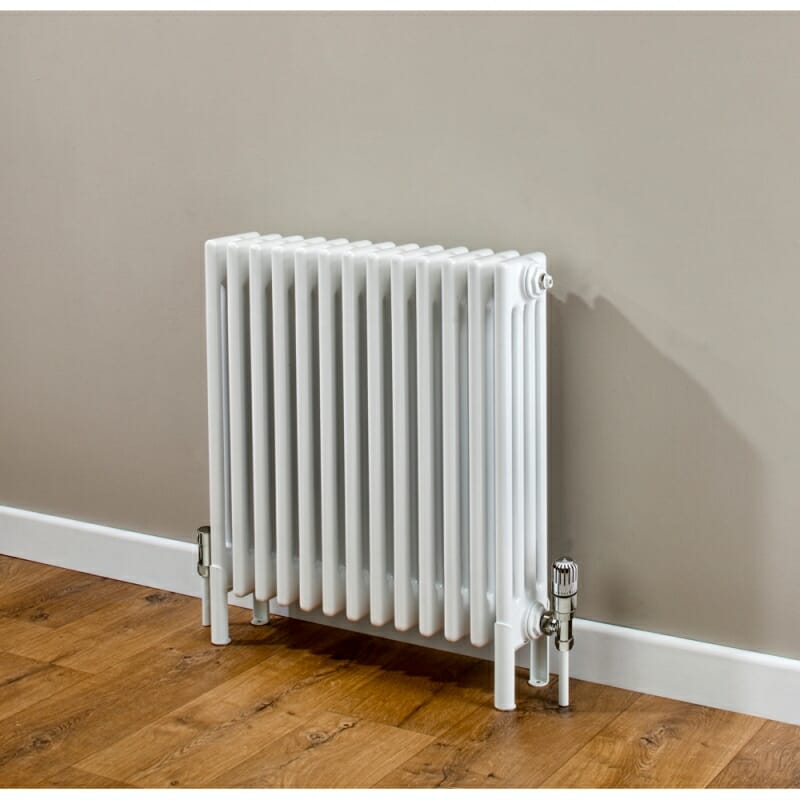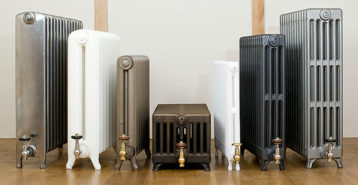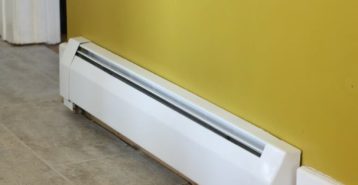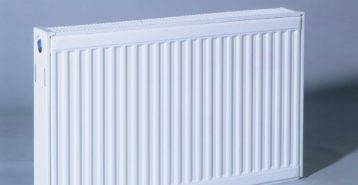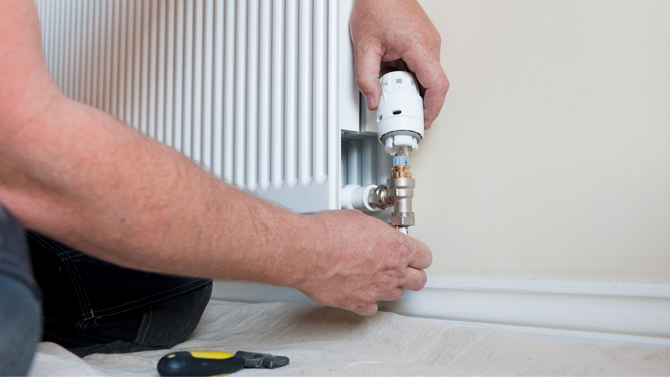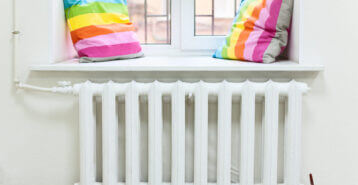Column Radiator Installation Costs
Homeowners across the U.S. spend about $1,400 per column radiator installed, with most projects landing between $400 and $2,500. Your total depends on unit size and heat output (more columns cost more), whether the radiator is new or refurbished, style and powder-coat finish, and the work required to connect to your hot-water or steam system. Labor increases for re-piping, relocating the unit, reinforcing floors or walls, or adding valves and thermostats. Delivery and disposal — plus cleaning or refinishing for refurbished units — can also raise prices Ask for a line-item quote so you can compare equipment, labor, accessories, and a reasonable contingency.
| Item | Typical Cost | Notes |
|---|---|---|
| Installed cost (per radiator) | $400 to $2,500 | Varies by size, style, finish, and complexity. |
| Small unit (2 to 4 columns) | $150 to $400 | Good for smaller rooms or secondary spaces. |
| Medium unit (4 to 6 columns) | $300 to $600 | Balanced output and footprint for most rooms. |
| Large unit (6 to 10 columns) | $500 to $1,200 | Higher output for larger or open spaces. |
| New vs. refurbished | New costs more; refurbished can save | Refurbished units may need prep or repainting. |
| Labor | Varies by market and scope | Piping changes, valve upgrades, or relocation increase cost. |
Factors That Affect Column Radiator Costs
A few key choices determine the price you’ll pay for HVAC installation.
- Unit Size and Heat Output: More columns and higher output raise equipment costs.
- New vs. Refurbished: Refurbished units can lower upfront costs, but may need sandblasting or repainting.
- Style and Finish: Decorative designs and custom powder coats raise prices.
- Installation Complexity: Re-piping, moving locations, or adding valves and controls increases labor.
- System Type and Condition: Steam vs. hot water requirements and boiler condition can impact scope.
- Delivery and Handling: Heavier units may require special delivery or extra on-site labor.
How Column Radiators Work
Column radiators circulate hot water or steam through horizontal collectors that feed multiple vertical columns. The design increases surface area so more room air can flow across warm metal and heat up through convection. As warm air rises, cooler air is pulled in at the bottom — a natural cycle that continues until the room reaches the set temperature.
Construction and Materials
Most modern column radiators use welded steel with hollow vertical columns and horizontal headers. The steel body is typically finished with a durable powder coat that resists chipping, cracking, and corrosion and is available in a range of colors. To maintain efficiency, keep dust and debris out of the column gaps. Periodic cleaning and maintenance helps prevent buildup that can insulate the surface.
How Column Radiators Compare to Other Home Heaters
| Feature | Column Radiator | Panel Radiator | Cast-Iron Radiator | Baseboard (Hydronic) |
|---|---|---|---|---|
| Upfront cost | Low to moderate | Low to moderate | Moderate to high | Low to moderate |
| Heat delivery | Strong convection, broad surface area | Convection with slim profile | Slow, even warmth with high mass | Convection along wall perimeter |
| Footprint | Deeper profile than panels | Slim, wall-hugging | Bulky, floor-mounted | Very low profile along walls |
| Aesthetics | Classic, architectural look | Minimalist, modern | Historic and ornate | Discreet, functional |
| Maintenance | Dust between columns | Wipe flat surfaces | Repaint/refinish over time | Keep fins and covers clean |
Pros
- Efficient Surface Area: Multiple columns boost convection for quick, even room heat.
- Wide Size and Style Range: Add or reduce columns to match room output and layout.
- Durable Finish Options: Powder coat provides long-lasting color and protection.
- Compatible With Boilers: Works with hot-water or steam boilers already in the home.
Cons
- Larger Footprint Than Panels: Deeper body can affect furniture placement.
- Regular Dusting Needed: Sections can collect dust, which reduces efficiency if ignored.
- Clearance Requirements: Crowding the unit with furniture or drapes cuts performance and can be unsafe.
Placement and Sizing Tips
Place column radiators where heat loss is highest — commonly along exterior walls or under windows — and allow open space around the unit to promote airflow. Proper sizing based on room dimensions, insulation, and window count ensures comfortable, efficient heat. A licensed plumber or HVAC pro can calculate the correct output and confirm compatibility with your boiler or steam system.
Column Radiator Installation FAQs
What is the ideal placement for a column radiator?
Install along exterior walls or under windows to offset drafts and heat loss. Keep several inches of clearance on all sides — especially above and in front — so air can circulate freely for best performance.
What are the disadvantages of column radiators?
They take up more depth than flat panel radiators, so they can limit furniture placement. Sections collect dust and need regular cleaning. Crowded placement reduces efficiency, and custom finishes or ornate styles can increase cost.
Do column radiators cost more to run?
Operating cost depends on your boiler efficiency, fuel prices, and thermostat settings — not just the radiator style. Properly sized column radiators can be as efficient as other hydronic options when installed and balanced correctly.
How high should a column radiator be off the floor?
Follow the manufacturer’s guidance, but a few inches of clearance off the floor is typical to allow cool air to enter at the bottom and warm air to rise. Your installer will mount the unit level and at a height that supports airflow and cleaning access.
Next Steps
A well-sized, professionally installed column radiator delivers reliable, comfortable heat with classic style. Get at least three quotes to compare scope, installation approach, and line-item costs for valves, finishes, delivery, and disposal. Modernize can connect you with vetted local pros — read reviews, compare options, and choose the installer who fits your project and budget.
Need to look into other radiator types? Use these guides:
- Radiator Installation, Repair, and Maintenance
- Cast-Iron Radiator Heating
- Baseboard Radiator Buying Guide
- What Are Panel Radiators?
Compare top-rated HVAC pros in your area.
Read real homeowner reviews, explore qualifications, and view promotions. Modernize makes it easy to browse professionals and find one that will be perfect for your project.
